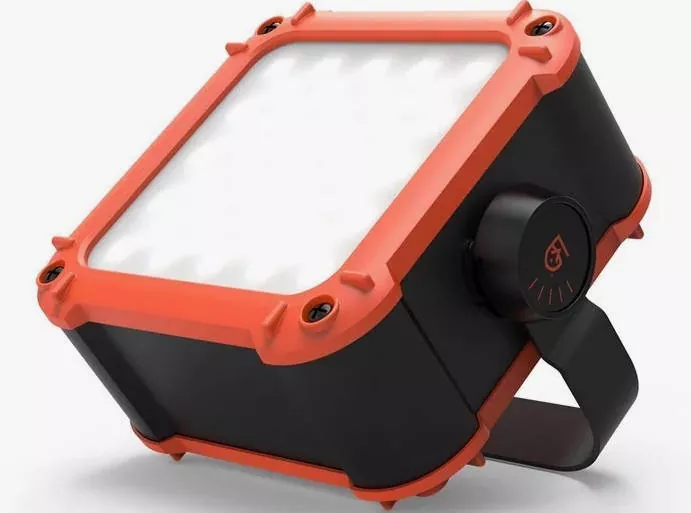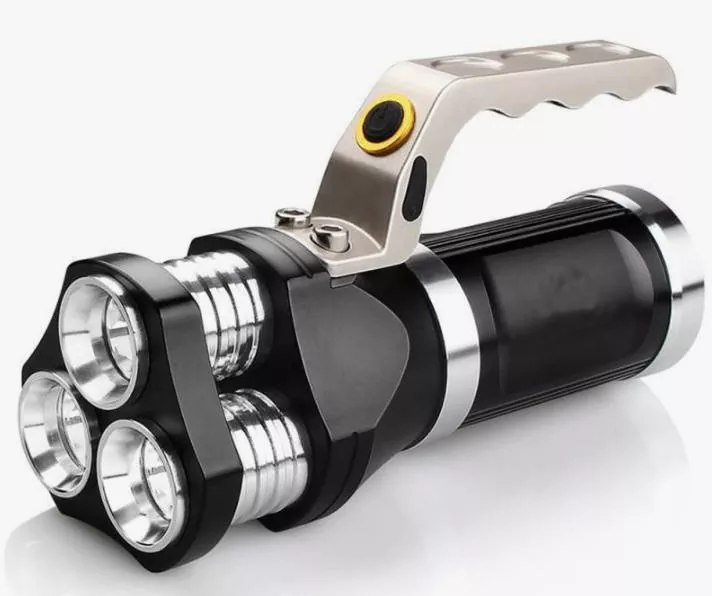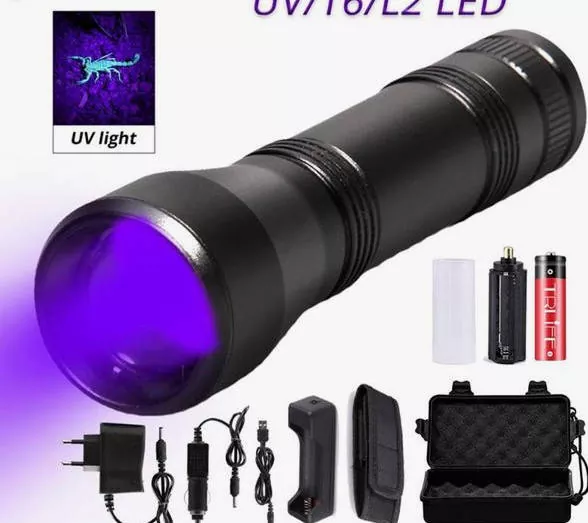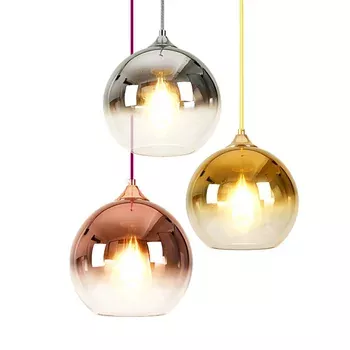
Rechargeable lights have many uses and applications. Here are 10 highlights showcasing them:
1.Emergency Lighting:
Rechargeable lights provide reliable emergency lighting during power outages or emergencies, providing illumination when traditional power sources are unavailable.
2.Camping:
These lamps are ideal for camping trips where electricity may be limited,
providing portable lighting solutions for tents, campsites, or outdoor activities.
3.Hiking and Backpacking:
Rechargeable lights are lightweight and portable,
making them ideally suited to hiking and backpacking trips where carrying bulky lighting equipment would be impractical.
4.Car Emergency Kits:

Having a rechargeable light in your emergency kit can come in handy in times of roadside emergencies or breakdowns,
providing illumination for repairs or signaling for assistance.
5.Outdoor Events:
Rechargeable lights can create an festive ambiance at outdoor events like parties,
barbecues and gatherings in areas with limited lighting by adding festive ambience
and providing festive lighting solutions for parties,
barbecues and gatherings held therein.
6.Workshops and Garages:
LED lightbulbs provide focused illumination in workshops and garages where traditional lighting may not reach, providing focused illumination for DIY projects,
repairs or maintenance tasks.
7.Nighttime Reading:
Rechargeable reading lights can serve as convenient bedside lights when access to electrical outlets is limited or inconvenient.
8.Power Backup:
Rechargeable lights provide essential backup lighting solutions in homes,
offices and commercial spaces when power failures arise, ensuring continued illumination for safety and productivity.
9.Search and Rescue Operations:
Rechargeable lights can help make searching for individuals or objects in dark or remote areas much simpler,
aiding rescue missions and emergency situations alike.

10.Outdoor Recreation:
Rechargeable lights can add another level of enjoyment to outdoor recreational activities like fishing, boating and picnicking by providing illumination after sundown for extended outdoor adventures.
Rechargeable lamp offer convenience, portability and versatility across a range of scenarios – making them essential lighting solutions for both indoor and outdoor usage.
Does rechargeable lighting pose any safety concerns?
Rechargeable lights are generally safe when used according to manufacturer instructions and guidelines,
however it’s still essential to take certain safety precautions for their proper usage:
1.Always Use Approved Chargers:
For optimal battery health and safety,
always use the charger recommended by the manufacturer or one that meets specific rechargeable light models.
Using any other charger could damage its components and put users at risk.
2.Charge Rechargeable Lights in an Open Area:
For optimal charging results,
always ensure you do it in an open environment to reduce overheating risks and the possibility of overcharging.
Avoid charging them in closed environments to prevent overheating risks.
3.Avoid Overcharging:
Overcharging can damage a rechargeable light’s battery and may pose safety concerns,
so always follow the manufacturer’s recommended charging times to prevent overcharging.

4.Check for Damage:
Regularly check the rechargeable light for signs of damage such as frayed cords, exposed wires or cracks in its housing. If any are detected, discontinue use and have it repaired or replaced immediately.
5.Adhere to Operating Temperatures:
Rechargeable lights have recommended operating temperatures. Avoid subjecting them to extreme heat or cold, which could alter performance and safety issues with the battery.
6.Store Properly:
When not in use,
rechargeable lights should be stored in a cool and dry location away from direct sunlight or extreme temperatures.
To maintain optimal battery performance and extended usage life expectancies.
7.Dispose of Old Batteries Appropriately:
If your rechargeable light battery needs replacement, be sure to follow its manufacturer’s guidelines for battery disposal. Many rechargeable batteries can be recycled; thus minimizing environmental impact by disposing of old ones properly.
8.Read Your User Manual:
It is essential that you become acquainted with the user manual that came with your rechargeable light,
which contains important safety instructions,
usage guidelines, and maintenance instructions tailored specifically for that model.
9.Stay Away From Water:
While certain rechargeable lights are designed to be water-resistant or waterproof,
it’s still essential to check product specifications to avoid submerging non-waterproof lights into water to prevent electrical malfunction and safety risks.

10.Avoid Modifying the Light:
Do not attempt to modify or repair rechargeable lights without being properly qualified to do so,
as any unofficial modifications could compromise safety and void warranties.
By taking these safety precautions and following manufacturer instructions, rechargeable lights can be safely used effectively and efficiently.

